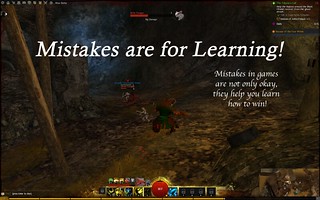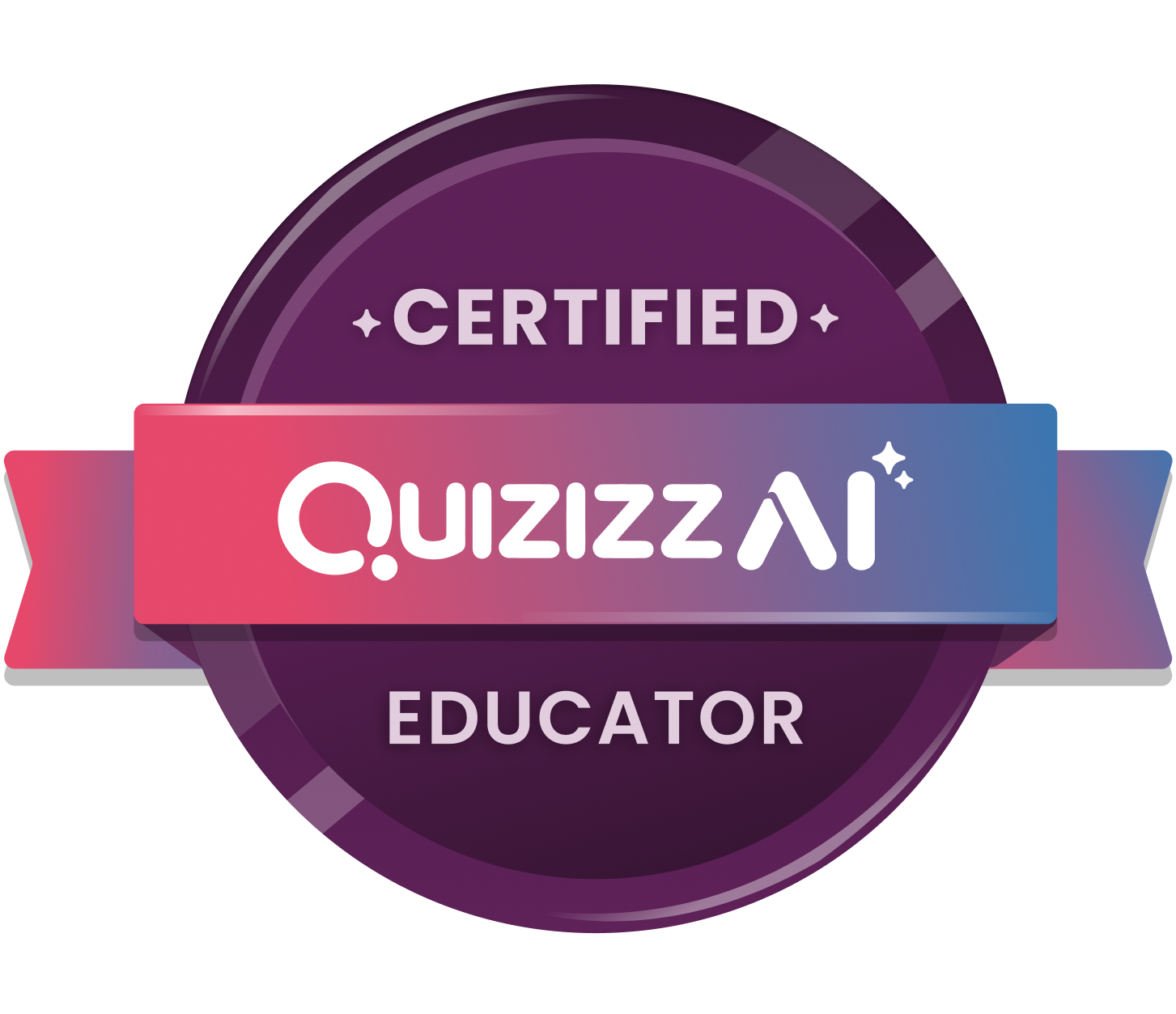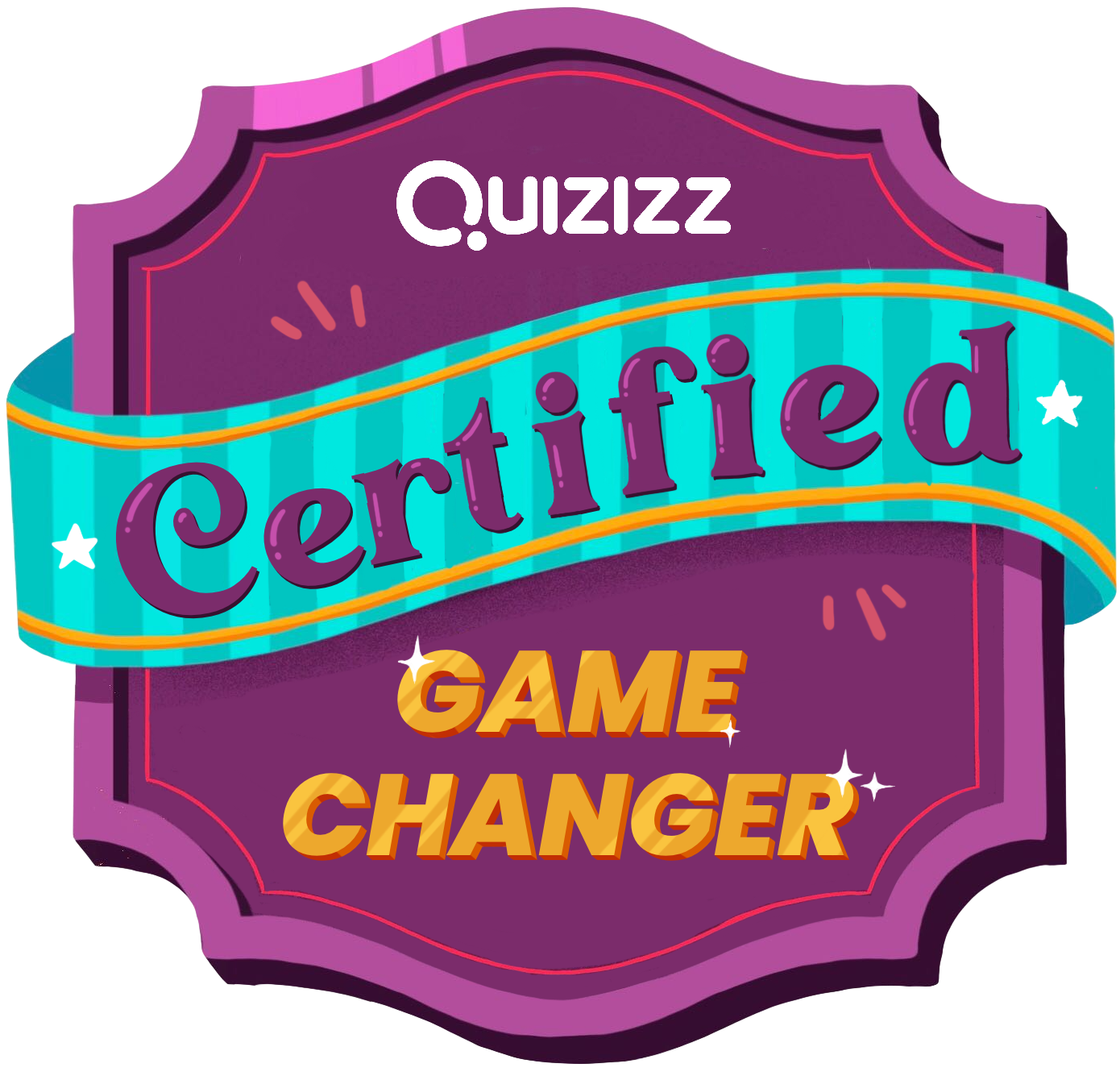[This is part of a series of posts I’m writing as I reflect on another online course I’m taking this summer, Stanford University’s EDUC115N How to Learn Math. Sure, I’m a Science teacher but I have taught Math so I’m familiar with Math instruction. Besides, we do use Math in Science so it’s not like I don’t do any Math with my students and my NB certification is an early adolescent generalist, which means I’m an integrationist at heart.]
 Here are some of my favorite quotes from the next part of the course:
Here are some of my favorite quotes from the next part of the course:
“The flexible use of numbers and shapes is critical to higher level maths learning. In fact, it’s foundational for everything that comes above. All the higher level work in algebra, calculus and beyond.”
Dr. Boaler
“And low achievers also are often identified as low achieving in school. And the help that they then often get is more procedures, more emphasis on doing procedures very carefully rather than being taught to use numbers flexibly. And that’s probably the very very last thing that they need.”
Dr. Boaler
Dr. Boaler talking about compression:
“And, this is William Thurston, he was a, Fields Medal winner in mathematics. And this is him talking about compression. He said, ‘Mathematics is amazingly compressible. You may struggle a long time, step by step to work through the same process or idea from several approaches. But once you really understand it and have the mental perspective to see it as a whole, there’s often a tremendous mental compression. You can file it away, recall it quickly and completely when you need it. And use it as just one step in some other mental process. And the insight that goes with this compression is one of the real joys of mathematics.’ But here’s the problem. Students who don’t engage in conceptual thinking don’t benefit from compression.”
“Having kids solve problems in different ways teaches them a very, very important building block in number sense and mathematics. It is teaching them an ability and willingness to break numbers apart, or decompose them and regroup them. This turns out to be a very important foundational base, from which all other mathematics builds. As Sebastian talked about.”
Dr. Boaler
“Math is a creative and flexible subject.”
Dr. Boaler
“An English mathematician, Walter Sawyer, who wrote the book A Mathematician’s Delight, once wrote, this: He said, ‘the depressing thing about arithmetic badly taught, is that it destroys a child’s intellect, and to some extent, his integrity. Before they’re taught arithmetic, children will not give their assent to utter nonsense; afterwards, they will.'”
“There should be considerable time in every single mathematics class for students to discuss the mathematical ideas. Otherwise they’re missing out on one of the most important learning experiences they can have.”
Dr. Boaler
An Inquiry Relationship with Math:
“It’s about being curious: making conjectures, not worrying about uncertainty or mistakes. It’s about using intuition. It’s about approaching maths as a world of exciting inquiry. And being confident that you can solve any problem.”
“And I strongly contend that an inquiry relationship with maths is what is needed to work successfully in today’s world.”
Dr. Boaler
“And it may well be that [curiosity and intuition] is what’s needed for students to do well in the new Common Core Assessments in the US. But the problem is the focus and the policies and the testing in maths education for decades have completely ignored that relationship as though it doesn’t exist. And focused only on the knowledge that should be crammed into students’ heads. And that process of cramming too much knowledge has really stopped students developing that critical relationship. In some cases, it’s killed the relationship students entered school with or entered the class with.”
Dr. Boaler
“I think that for students in today’s traditional maths classrooms it’s really hard to stay curious. How can you be mathematically curious when all you’re doing is having to remember lists of methods? That’s really very hard. But curiosity is a natural quality of people that should be nurtured from birth, nurtured mathematically. But it disappears from students in maths classrooms, and they really get the idea that there’s no roll for curiosity, only for answers.”
Dr. Boaler
“Across the United States, students are failing algebra, or to put in another way, we are failing students. In urban districts, as many as 70% of students are failing introductory algebra classes and around 40% of students fail the same class over and over again. There’s a reason for this situation. Algebra, in most schools and definitely in the vast majority of all textbooks, is taught in a way that goes against all the knowledge we’ve gained from research about effective teaching and learning of algebra. Students are set off in the wrong path from the beginning, and many students and adults will tell you algebra is just an act of maneuvering meaningless symbols. In algebra, as in the number and arithmetic work that we’ve looked at, students resort to memorizing facts,
which sends them down that terrible pathway that I’ve talked about that for many ends their chance of learning maths well.”
Dr. Boaler
Three reasons why all students should learn algebra:
“1. I would say that algebra is a language for expressing the world, and we need it, particularly in the new world we’re living in.
2. Also, algebra is a tool for solving problems, although many don’t think of it that way, because of the way it’s
introduced to them.
3. And then, my third reason is that algebra helps us think abstractly, and that learning to think outside of numbers with abstract ideas is really critical. It is going to be at the center of many careers in this new age. And jobs that don’t even exist now, that we can’t even think about, are going to be based on this abstract thinking. But the failure rates in algebra, failure that sets a student on a low-level pathway, is completely changeable.”
Dr. Boaler
“So, one of the clearest and most repeated research results is that students have great difficulties, moving from what’s described as procedural algebra to structural algebra. And here’s the difference between those two. Procedural algebra involves representing a letter as a single unknown number that students find. Most algebra textbooks bombard students at the beginning of their learning with questions like, find x when 7x + 4 = 32. A structural approach to algebra involves using symbols, such as letters, to express generality in a situation. So, the big idea of algebra and the concept that will help students more than any in work and life, is this idea of generalization. So, when students work with growing patterns, as we have looked at before, and they’re asked to describe how the pattern grows, they can be introduced to the use of algebra as a really useful tool that helps them solve that problem.”
Dr. Boaler
“The {mindset} we want and we desperately need kids to develop is a generalizing mindset. And that comes from work in structural algebra. But most school textbooks start students in procedural algebra with lots of solving for x. Not only does this lead students away from a generalizing mindset, but it’s deadly boring often and meaningless for most students. Instead of sending them down that unhelpful pathway from the beginning, we urgently need to start students on a path of generalization and relationship exploration through rich and engaging problems.”
Dr. Boaler
“Students need extra time to understand generalization and to start on a path which will take them to calculus and beyond to college. Dietmar Kuchemann administered an assessment to see whether students could use algebraic letters as a generalized case after they had learned algebra. And what he found was, 73% of 13 year olds, 59% of 14 year olds, and 53% of 15 year olds, could only treat letters as a particular number. So, they got stuck in the procedural algebra that they were introduced to at the beginning.”
Dr. Boaler
“Jere Confrey, who’s another leading researcher who studies algebra learning, calls for a number of things in the teaching of algebra. Identifying situations that students are excited to investigate. Motivating that, through the need to explain, predict and model, which is the starting road to calculus. Varying representations with visuals, graphs, tables, descriptions. And making algebraic manipulations some think that help solve a problem, where, when students are manipulating, that manipulation also has value for them. And allow students to use problem solving, communication, new technologies to engage in rich modeling situations.”
Dr. Boaler
“So, the big problems I see in algebra, really come from the fact that textbooks are disconnected from research evidence. And algebra is introduced in exactly the wrong way that sets up later failure. And this is as Bob Moses has said, the new civil right. If we really want to erase the severe inequalities of the school system as Jonathan Kozol has described them, and a principle that I presume we all hold, then we need to change the teaching of algebra.”
Dr. Boaler
How do we do this? ->
“My first principle of teaching and learning algebra, which I’ve just talked about at length, involves starting students with engaging, meaningful problems that lead to both exploration and generalization. Teach algebra as a problem solving tool. Somewhere along the way, something important flipped in the teaching of algebra and it stopped being seen as a problem solving tool, and instead became the end point, the thing you solve for. Nick Fiori notes this reversal when he says, problems have become a resource for practicing algebra instead of algebra being learned and used as a tool for exploring problems. Teach algebra as a sense making experience. If it doesn’t make sense then the work should be stopped, instead of plowing on down a negative path. So, as the equals sign is often taught in a very misleading way, from early on in school, and can lead to some of the confusion. In earlier school experiences, the equals sign is often used as an announcement of a result rather than to express a symmetrical relationship. And by that I mean, both sides of the equals sign need to be equal. Often, the equals sign is taken to mean “and this gives,” with a sort of left to right direction. So, also we need to represent algebra in multiple ways, and where possible, multiple forms. So, we can represent that symbolic expression visually, graphically, through words, and it’s a great principle for algebra. In fact, one of the greatest algebra books, calculus textbooks, sorry, that I have seen used this, what they called the principle of 4. So, these were calculus textbooks developed by faculty at Harvard, the Harvard Calculus Consortium. And principle of 4 was, every situation should be described in at least four ways. From words, a picture, a graph, a table, and symbols. And then a really good teaching approach I studied, where they had a similar principle, the students color coded the different representations. For example, if you have an expression x + 3, you could say, well, this is my plus 3 in the line, in the graph. This is the plus three in the visual of the cases. This is the plus three in the expression. So everything’s color coded. And that’s really helpful in teaching important connections. So, finally, my other principle is to integrate the mathematical practices [see below for the mathematical practices] into the teaching of algebra.”
Dr. Boaler
“One of the directions we nominated was mathematical practices, as many people knew that it was these practices that separated those who were successful in maths from those who weren’t. So, one of the great books to read about all of this is Mark Driscoll’s Fostering Algebraic Thinking. And he nominates doing and undoing as a central practice in algebraic thinking. Doing and undoing means being able to reason both forwards, but also backwards with operations. So, an example of that type of thinking might be, first finding the number of blocks in pile seven in a growth pattern task. And then giving students a number of blocks, and asking them, which pile would have that many.”
Dr. Boaler
“And we had four teaching principles. To engage students as active inquirers and capable learners. To teach algebra through mathematical practices — generalizing, reasoning, organizing, representing. To develop a collaborate mathematical community. And to give opportunities for student voice.”
Dr. Boaler
“So our research tells us that students are much more successful in algebra if they’ve learned about ways to break numbers apart, as we talked about. If they know, for example, that 13 is the same as 5 plus 8 and they’re fluent in those ways of thinking, well, 13 equals 5 plus 8, then it helps them learn about algebraic expressions, such as a equals b plus c.”
Dr. Boaler
“So, students, what they had really wanted, that they learned from intervention was to be given hard challenges. They actually really like to get the hard work particularly the ones who are in low tracks in their schools. They wanted to gain understanding through discussions. They want to be able to stretch problems and determine mathematical pathways, which is the inquiry piece. And, really, they want to add some color to their mathematical landscapes, and I’m going to quote from the same student again when we caught up with her in the fall. And she reflected, saying, ‘I would say the only way to describe summer school is very colorful and then this class is just still, ugh, black and white. And you just want to ask can I have little bit of yellow?'”
Dr. Boaler

































































